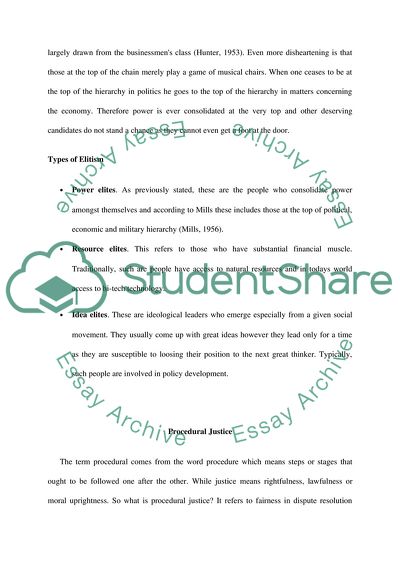Cite this document
(Distinguishable Power-Wielding Body in the US Essay Example | Topics and Well Written Essays - 2250 words, n.d.)
Distinguishable Power-Wielding Body in the US Essay Example | Topics and Well Written Essays - 2250 words. https://studentshare.org/history/1797236-identifications
Distinguishable Power-Wielding Body in the US Essay Example | Topics and Well Written Essays - 2250 words. https://studentshare.org/history/1797236-identifications
(Distinguishable Power-Wielding Body in the US Essay Example | Topics and Well Written Essays - 2250 Words)
Distinguishable Power-Wielding Body in the US Essay Example | Topics and Well Written Essays - 2250 Words. https://studentshare.org/history/1797236-identifications.
Distinguishable Power-Wielding Body in the US Essay Example | Topics and Well Written Essays - 2250 Words. https://studentshare.org/history/1797236-identifications.
“Distinguishable Power-Wielding Body in the US Essay Example | Topics and Well Written Essays - 2250 Words”. https://studentshare.org/history/1797236-identifications.


